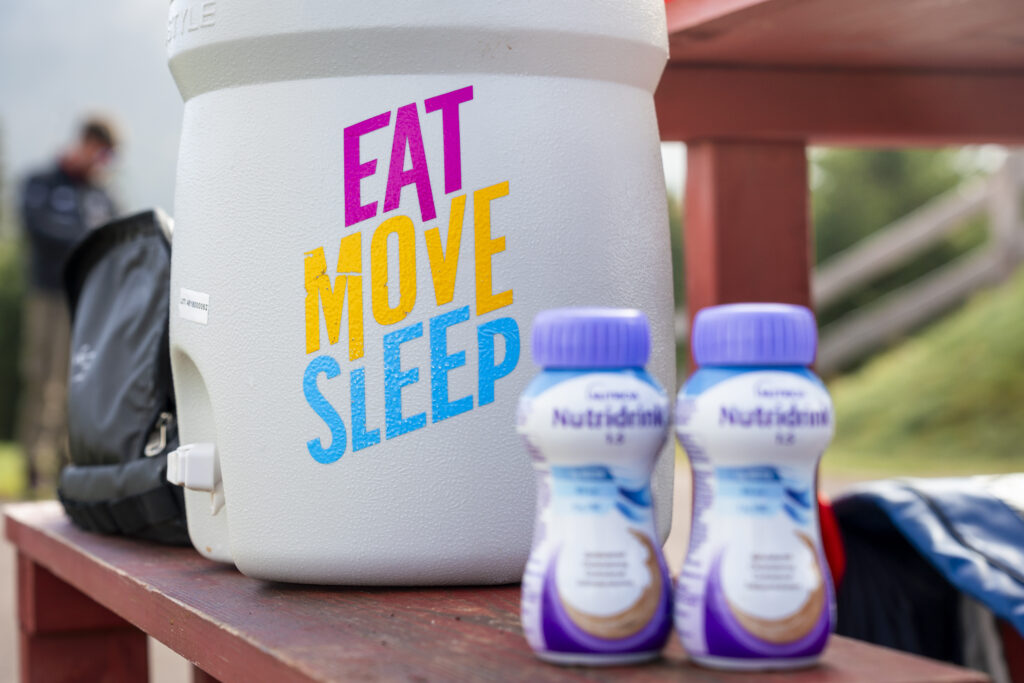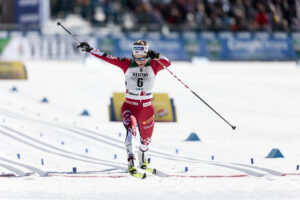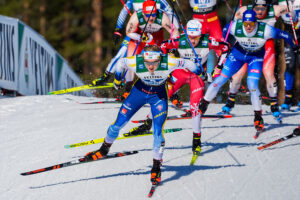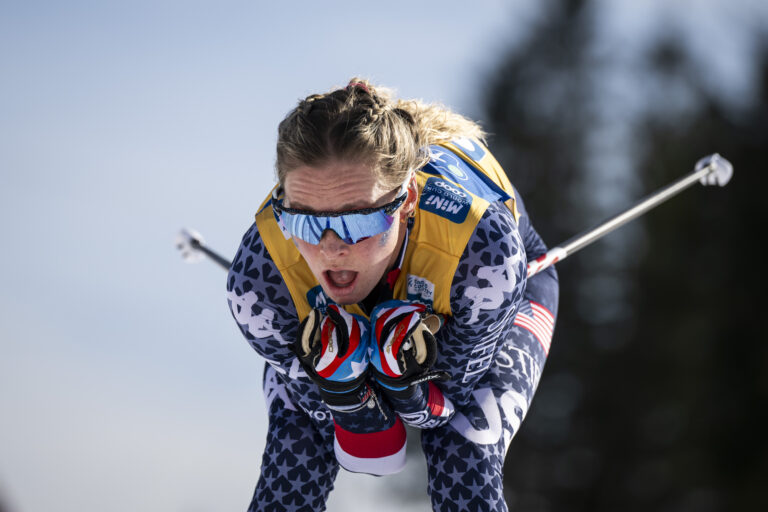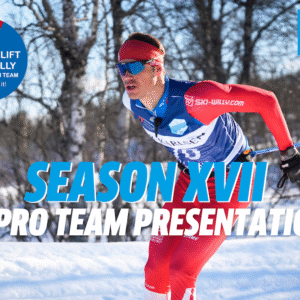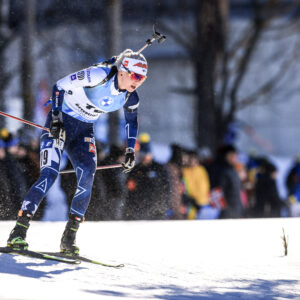Recovery – part 4: Train, eat, sleep, repeat
Athletes sometimes wonder why their fitness has not improved as expected despite following their training plan and pushing harder than ever. The reason for sluggishness can be simple: eating the wrong foods, eating too little, or lacking rest, especially quality sleep. The fourth part of our recovery series explores these key aspects.
Part 4 focuses on rest and nutrition, which are often overlooked when dedicated athletes focus solely on training. Yet, everyone should understand that sleep, rest, and nutrition are essential parts of training and athletic life. An athlete is an athlete 24 hours a day, not just during the one to three hours of training. Hence, the phrase: train, eat, sleep, repeat.
While proper rest and nutrition cannot replace training, they are fundamental pillars of performance — without them, development and success in sport become far more difficult. Nutrition and rest play a crucial role in promoting recovery, preventing injuries, and speeding up healing from illness.
Eat (and drink) – refuel after training
Nutrition is one of the most critical elements of recovery. During exercise, fluids and electrolytes are lost, and glycogen stores in the muscles and liver are depleted. Muscle proteins are also broken down for energy, especially during long-duration or high-intensity efforts. In contrast, muscle damage occurs mainly during eccentric muscle work, such as running, uphill training, or jumping.
To prevent illness and excessive muscle breakdown (catabolism) and to ensure readiness for the next session, proper refueling after exercise is essential.
A whole book could be written on nutrition and recovery — this article offers only a snapshot. Those interested can explore further through sports nutrition literature and scientific studies (some cited below).
The story continues below.
Read More
Recovery – part 1: The physiology of fatigue
Recovery – part 2: Compression, foam roller, and massage
Recovery – part 3a: Cold Therapy
Recovery – part 3b: Hot water and contrast therapy
The first step after training should always be to restore fluid balance. Sweat losses vary based on temperature, humidity, duration, and intensity of exercise, as well as individual factors such as age, sex, and training background.
Fluid loss can be estimated by measuring body weight before and after exercise, taking into account any fluids consumed during the session. For example, if an athlete weighs 60 kg before a run and 59 kg afterward, having drunk 0.5 liters during exercise, the total fluid loss is 1.5 kg (60 – 59 – 0.5).
Sweating also causes salt loss, mainly sodium, so it’s recommended to add salt (0.5–1 g per liter) to a recovery drink or post-workout meal to restore electrolyte balance. Sodium also improves fluid absorption from the intestines, helping rehydrate more effectively.
But fluid alone isn’t enough — energy must also be replenished quickly after exercise, especially after hard or extended sessions. The shorter the recovery window between workouts (for example, when training twice a day), the more crucial proper refueling becomes.
The key macronutrients are:
- Carbohydrates to restore glycogen stores in muscles and liver,
- Protein to repair muscle damage,
- Fat is less critical immediately after exercise because it slows nutrient absorption.
High-fiber or protein-heavy meals can also delay glycogen restoration, so these should be prioritized later in the day.
As a rule of thumb, carbohydrate intake should be 1.0–1.2 g/kg/hour for the first four hours after training. Consuming more won’t speed up glycogen synthesis, but less will slow it down. Because glycogen production is highest immediately after exercise, it’s important to take advantage of this “recovery window” — ideally within 30 minutes. This is especially critical when there are fewer than eight hours between sessions.
Fast-digesting (high-GI) carbohydrates are ideal because they are quickly absorbed and transported to muscles. Splitting carbohydrates into smaller portions at frequent intervals also aids digestion and storage. If recovery time exceeds 24 hours, ensuring adequate total intake before the next workout is usually sufficient.
Protein and carbohydrates – the recovery combo
Research shows that combining carbohydrates (CHO) with protein (PRO) can enhance glycogen replenishment at lower CHO doses. At 1.0 g/kg/hour or more of carbohydrates, adding protein provides no further benefit, but at lower doses, a supplement like chocolate milk can improve recovery.
Protein intake of about 0.3 g/kg, along with carbohydrates, promotes insulin release, helping transport nutrients into muscles. Protein also has an anabolic effect, supporting tissue repair and reducing the risk of injury.
For optimal recovery and training adaptation, aim for 20–25 g of high-quality protein (such as whey) after exercise — but not at the expense of carbohydrates.
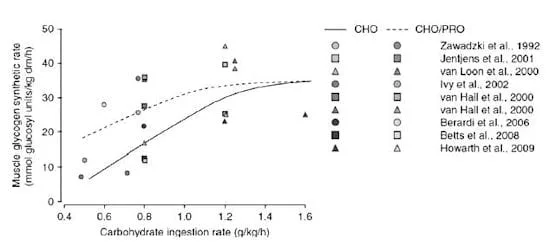
Sleep – the ultimate recovery tool
Sleep remains underrated, even though it’s the body’s primary time for regeneration. During sleep, we consolidate learning, repair tissues, and recharge energy stores. Many elite endurance athletes sleep 8–10 hours per night, often adding 1–2-hour naps during intense training blocks.
Sleep deprivation increases perceived exertion, reduces mood, and impairs performance. Chronic lack of sleep also raises the risk of metabolic disorders, obesity, and cardiovascular disease.
If you must choose between an early morning workout and a couple of extra hours of sleep, sometimes it’s better to stay under the covers. Listen to your body — it often knows what it needs most.
Rest – take it easy
The body doesn’t distinguish between types of stress. To recover well, athletes must reduce unnecessary stress in daily life. Combining demanding endurance training with academic, work, or personal pressures can overload the system, leading to fatigue, illness, or overtraining.
Taking time to slow down — to enjoy nature, breathe fresh air, or simply disconnect from constant digital noise — can restore balance and energy. Sometimes, the best recovery tool is merely switching off.
Final thoughts
None of the recovery methods discussed earlier in this series can replace quality sleep and nutrition. Training only works as part of a complete system — one built on harmony between effort, recovery, and balance.
Train, eat, sleep, repeat.
Sources:
- Burke et al. 2011. Burke, Burke, Burke, et al. Carbohydrates for training and competition. J Sports Sci 29(S1), S17-S27.
- Grandner, MA. & Perlis, ML. 2013. insomnia as a cardiometabolic risk factor. SLEEP 36(1),11-12.
- Juliff, L. E., Halson, S. L. & Peiffer, J. J. Understanding sleep disturbance in athletes prior to important competitions. Journal of science and medicine in sport (0).
- Saunders MJ. 2011. Carbohydrate-protein intake and recovery from endurance exercise: Is chocolate milk the answer? Curr Sports Med Rep 10(4), 203-10.
Also Read – SkiErg vs. Ercolina: Which double-poling trainer is right for you?
This article was originally published on Maastohiihto.com and updated for ProXCskiing.com in October 2025.
Are you interested in training for long-distance, traditional cross-country skiing and biathlon? Click HERE and read more about it.
